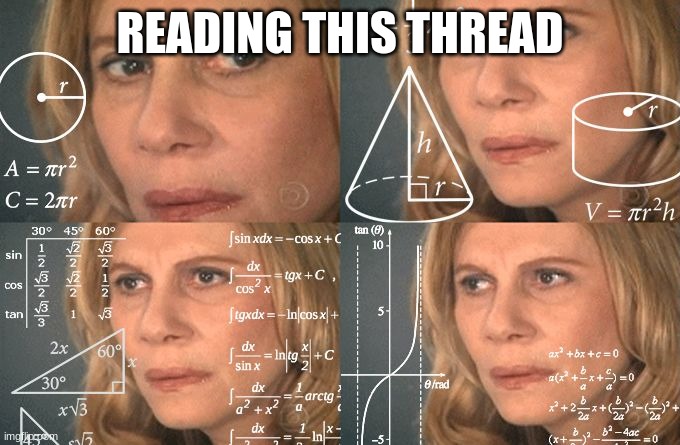clybnntt14
FNG
- Joined
- Sep 8, 2022
- Messages
- 3
Hello y'all. I'm new on here and I have a question about M.O.A. zero sight in. Figured it would be easier than going to the Internet and try and hunt down and read a bunch of articles. I'm trying to figure out the correct zero, if it's a 100 yd zero or a 200 yd zero. I have a 300 Weatherby mag. with a Vortex Viper PST II 5-25X50 FFP scope on it, with MOA. The local gunsmith said it has to be sighted in at 100 yrds, I can't remember what his explanation was. It is currently sighted in it at 200 yrds. I have a sig range finder and it gives me the yardage and the MOA adjustment. I set the parameters for the ammo and gun/scope setup on my phone that links to my range finder and it gives me the proper adjustment for the MOA. So I don't see why 100 yard at 200 yard zero would make that much of a difference. Thank you.

